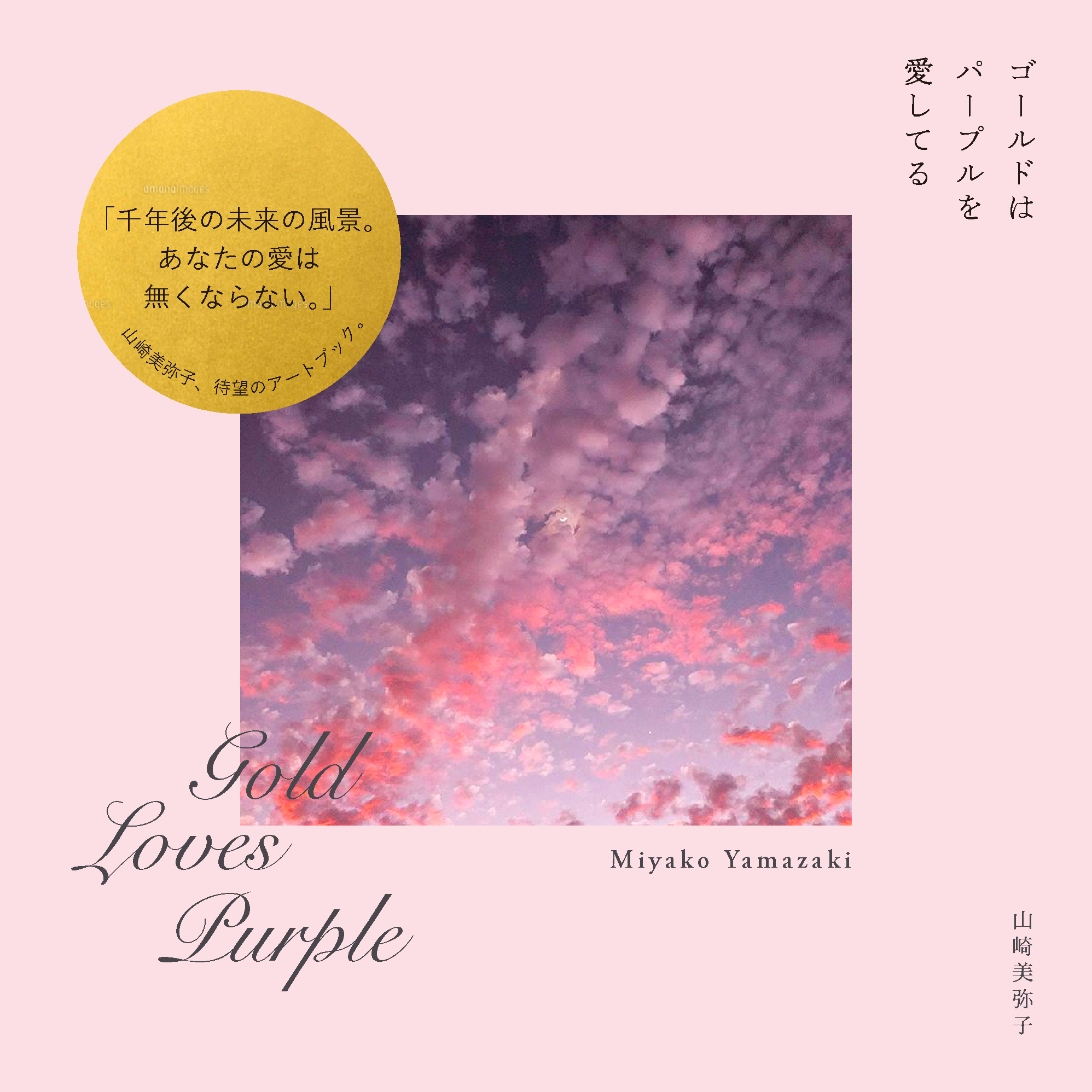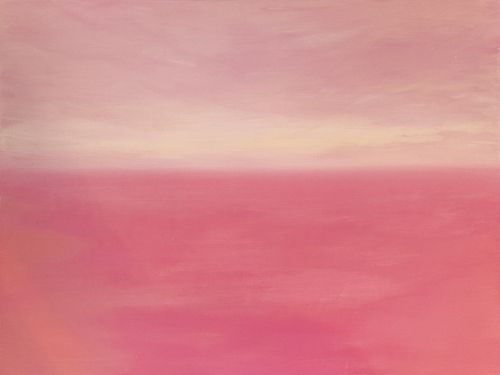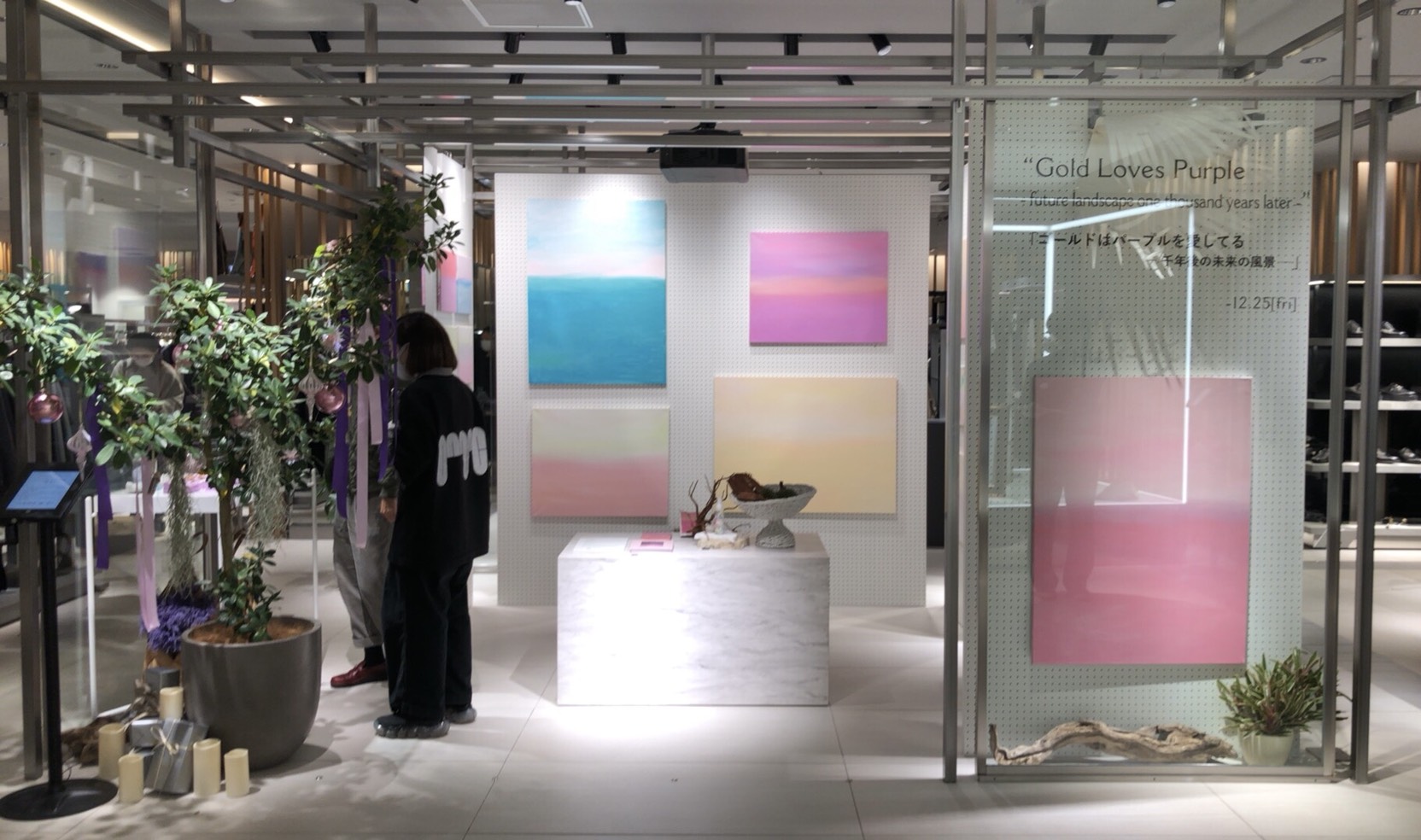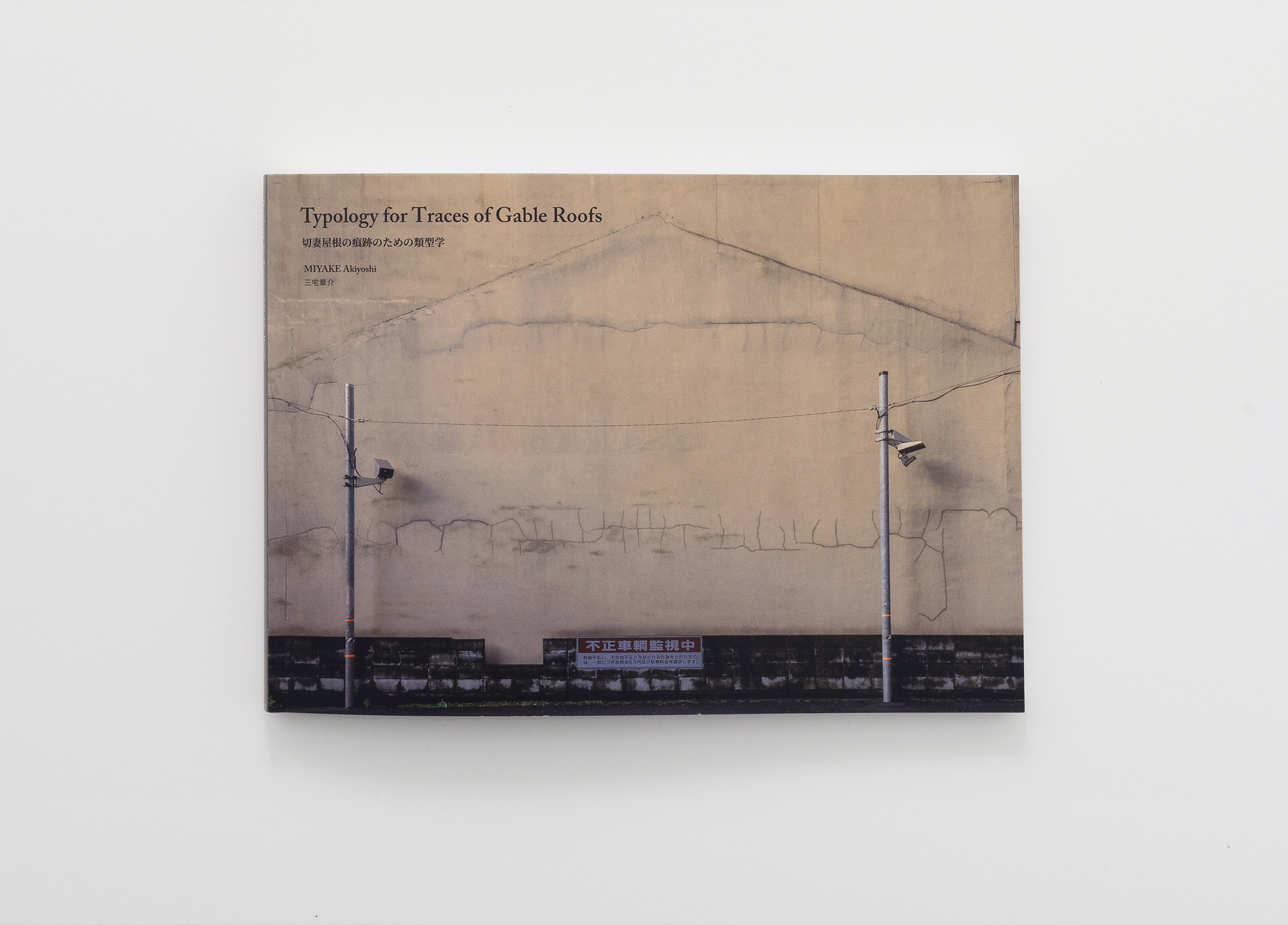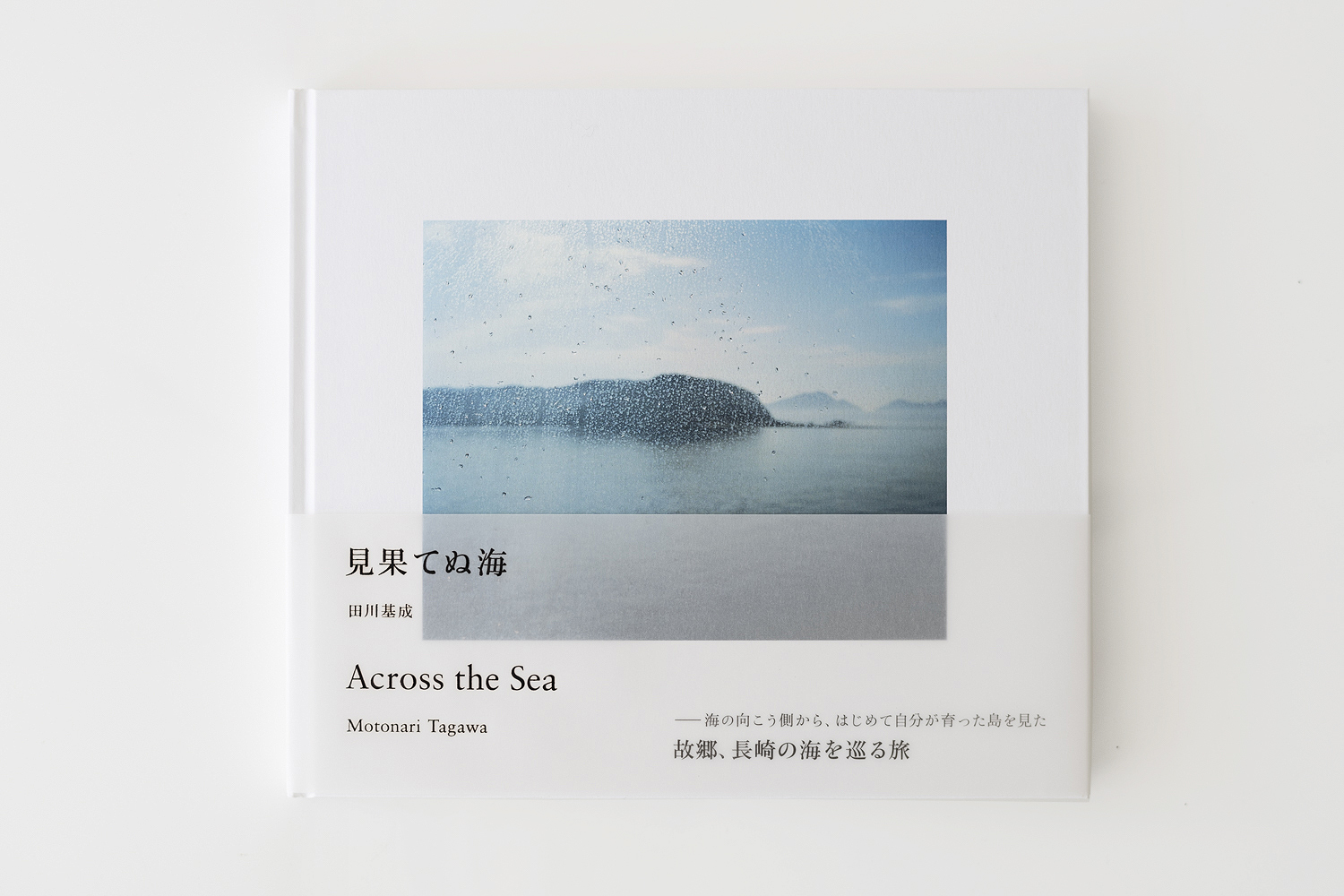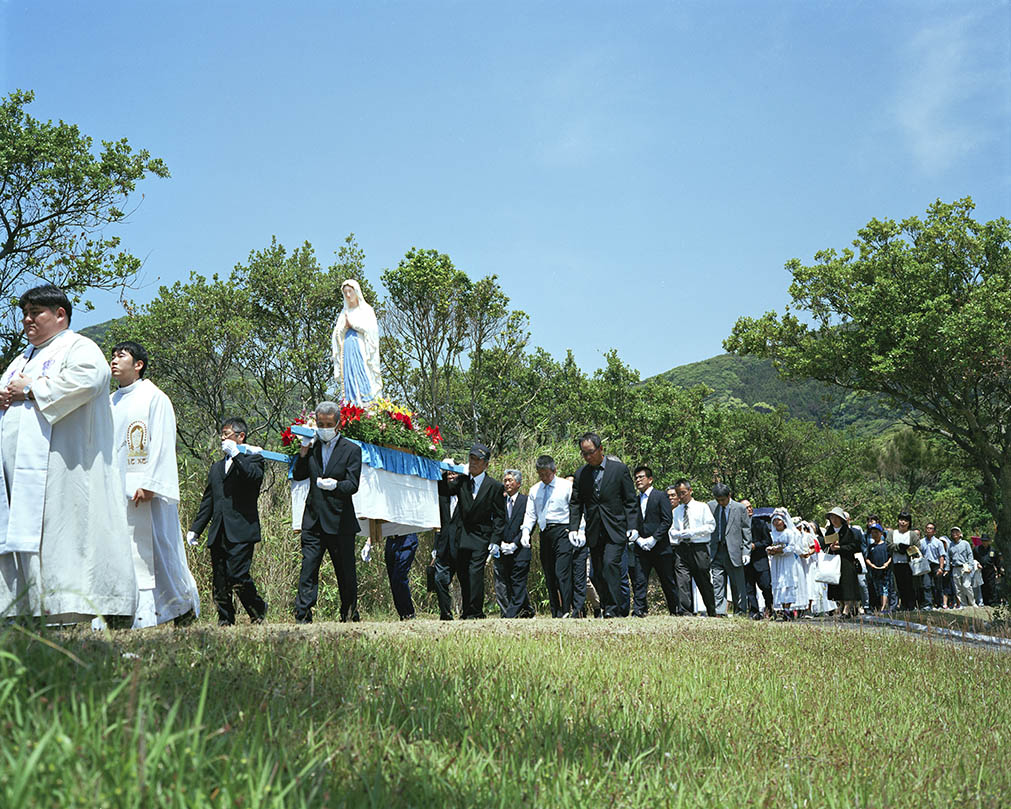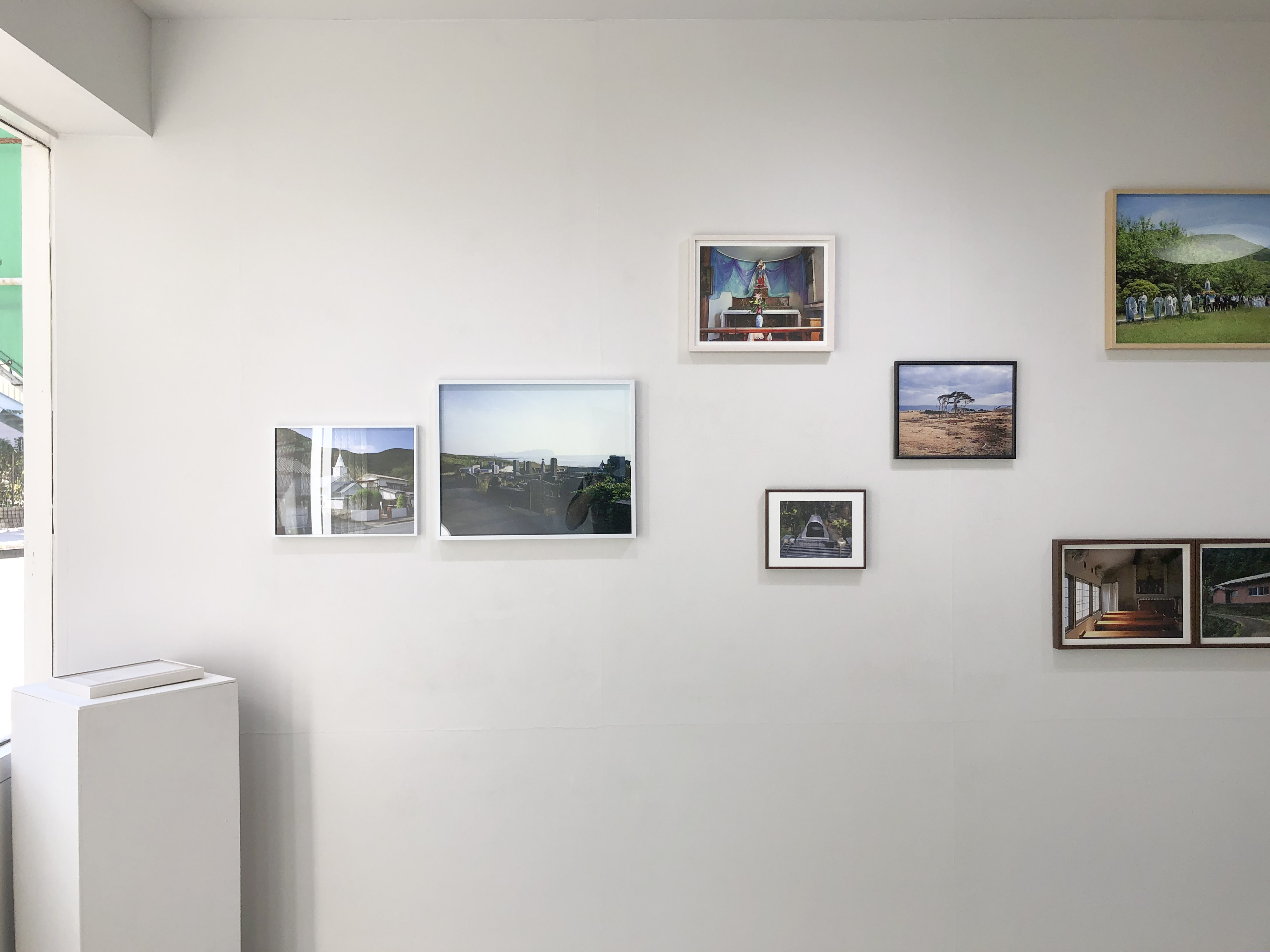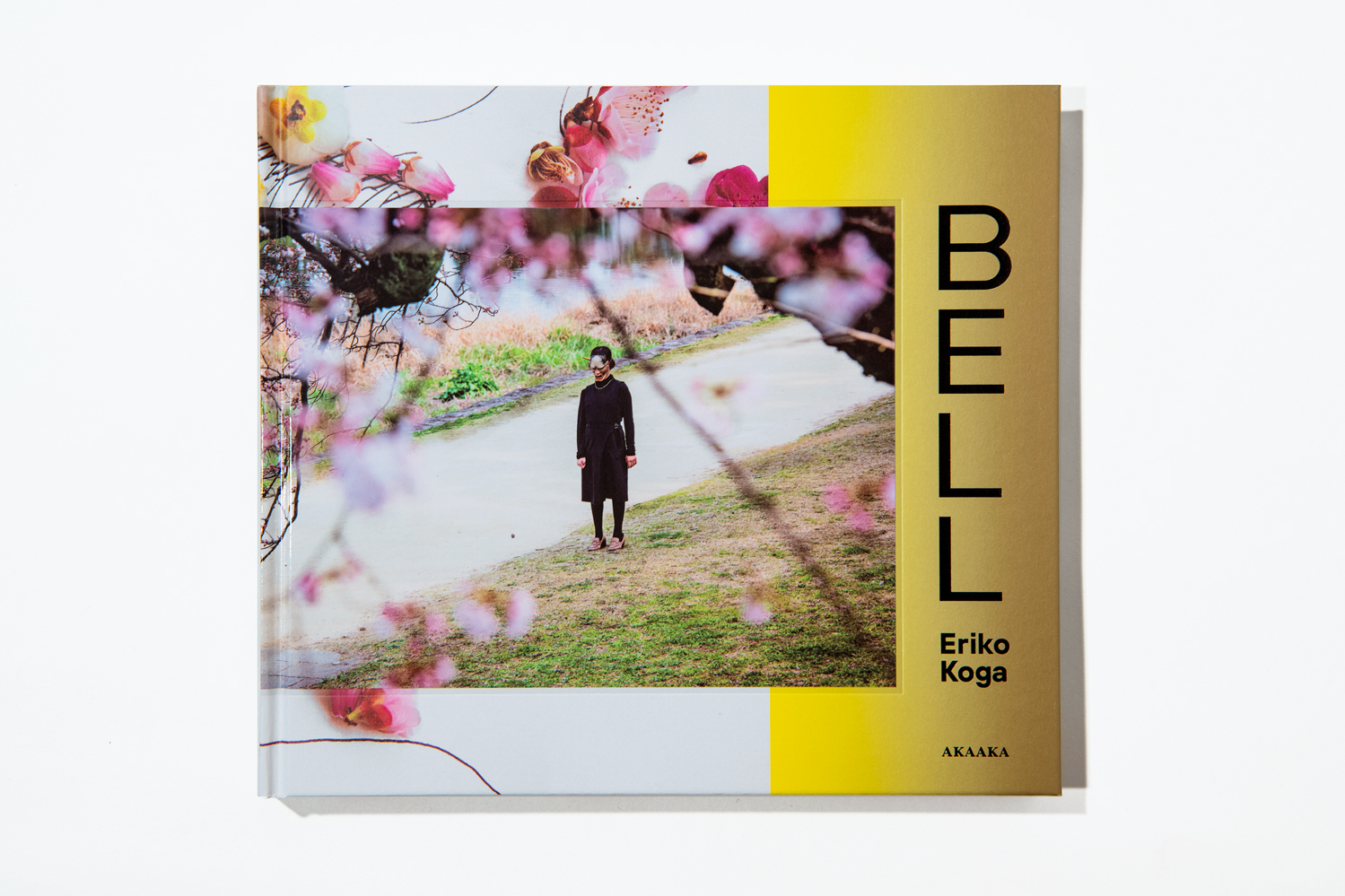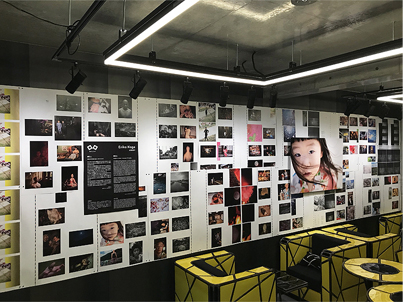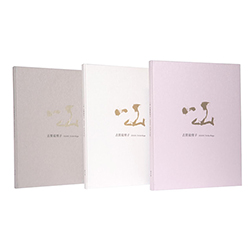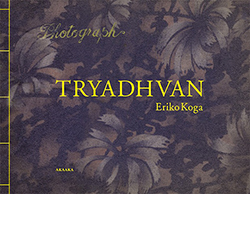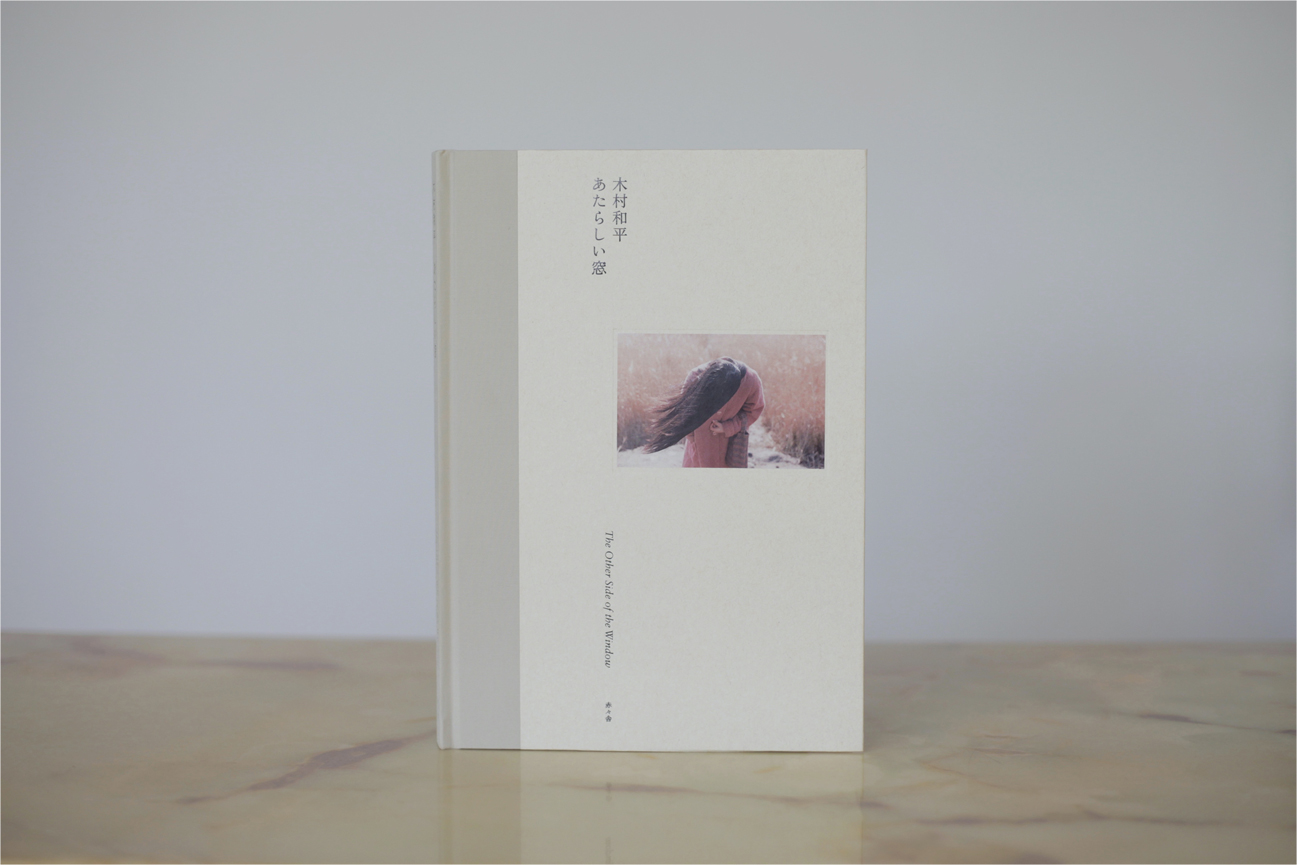
木村和平『あたらしい窓 』
Book Design:須山悠里 発行:赤々舎 Size: 255mm × 180mm Page:120 pages Binding:Hardcover Published in Dec 2020 ISBN:978-4-86541-129-4 |
¥ 4,200+tax
国内送料無料! お支払い方法は、銀行振込、郵便振替、 クレジットカード支払い、PayPal、PayPay よりお選び頂けます。 |
|---|
About Book
距離と関わりの、未知の窓へ
The Other Side of the Window
Kazuhei Kimura
A dear person, animal, or a familiar view sometimes feels very distant. It's a sense of uncertainty and inviolability that suddenly strikes me like a gust of wind. When it happens, the object is really distant, no matter how close it is to my lens, or even if it smiles at me. I can see it but I can't touch it, as if there is a wall of glass between us. Photography reveals the existence of this glass, albeit quietly. But whether I grasp its nature or not is a whole other question. I can stay tranquil as long as I leave incomprehensibility as it is. This is not a depressive account. It is sad, but there is also a certain brightness in the distances of intimacy.
I don't always have my camera with me, nor do I intentionally go out to "take pictures". Instead, I spend most of my days not taking any photos at all. Most of the pictures in this book were taken before 2018. There are much fewer photos from the middle of 2019 onwards, and there were several reasons for that. I didn't feel like taking photos, or couldn't spare time for it, or the photography didn't seem to fit personal relations. I approve of the days when I didn't take pictures. Sometimes, the moment is gone before you can pick up a camera. That being said, it's not that photography isn't a core part of my life. I'd be incapacitated without my camera!
What did I want to do with this book, I wonder? It's certainly not to keep myself always on the lookout to capture a particular moment, nor to create a setting for ideal pictures. I'm not eagerly pursuing a totally new mode of expression either. I react to scenes which I unavoidably come across in everyday life, such as communicating with others, time that doesn't seem to move, a shadow that sways, or a ray of frozen light. I fix my eyes on them and release the shutter. Is it a record of life? Maybe not.
I feel great interest in and attachment to my childhood memories, as well as the everyday life that I'm living. The former makes a unique album, whereas the latter is for an album-to-be, for which I'm in charge of selecting everything. I choose where to live, what to eat, how to wear and whom to get along with. I could get off the train at an unfamiliar station. I could dance with cats.
Countless choices and experiences create a particular person, one who resembles no one else. Everyone has a collection of unique episodes, and I've been deeply moved by the texture of such episodes that live on in artistic productions such as clothes, movies and music. Although private in origin, they are pliable, they have a certain transferability. The good productions strike a chord in us and show us a vision of the unknown. That is what I want to do with photography.
関連写真展木村和平 写真展「あたらしい窓」 会期:2020年12月12日(土)〜12月27日(日) 時間:12:00~19:00(水曜定休) 会場:BOOK AND SONS(東急東横線 学芸大学駅 徒歩約3分 ) 入場無料 木村和平 写真展「The Other Side of the Window」 会期:2020年12月10日(木)〜2021年1月18日(月) 時間:12:00~20:00(火曜、水曜定休) ※年末年始休業 12月27日(日)〜2021年1月6日(水) 年始の営業は2021年1月7日(木)から 会場:book obscura(JR・京王井之頭線「吉祥寺駅」から徒歩10分) 入場無料 |
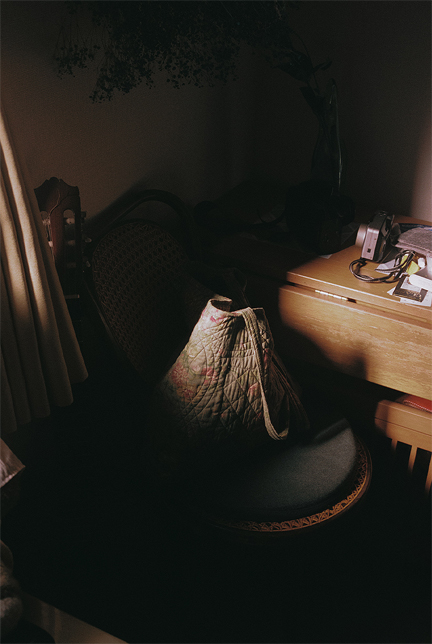
|
Artist Information
木村 和平 (きむら・かずへい)
[受賞]
2018 第19回写真 1_WALL 審査員奨励賞 (姫野希美選)
2020 IMA next ♯6 グランプリ
[個展]
2015 「piano」gallery SEPTIMA (東京)
2019 「袖幕/灯台」B gallery (東京)
[出版]
2018 「袖幕」aptp
2019 「灯台」aptp
Kazuhei Kimura
Born in Iwaki City, Fukushima in 1993. Currently resides in Tokyo.
[Awards]
2018 The 19th Photography 1_WALL, encouragement award
2020 IMA next #6, Grand Prix.
[Solo Exhibitions]
2015 「piano」gallery SEPTIMA (Tokyo)
2019 「wing curtain/lighthouse」B gallery (Tokyo)
[Publications]
2018 "wing curtain" aptp
2019 "lighthouse" aptp
.
